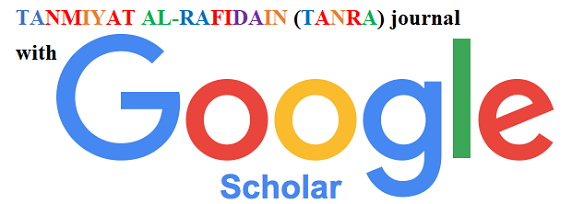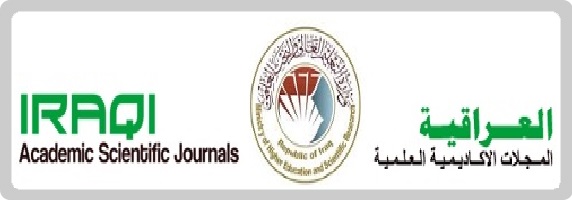Effects of Macroeconomic Variables Asymmetry on the Real Exchange Rate in Iraq For The Period 1990 -2021
Abstract
The exchange rate is one of the main monetary variables, which reflects the economic performance of the country. These fluctuations in exchange rates are also reflected in the economic variables within the country. The explanatory theories of the exchange rate indicated the different factors affecting the exchange rate, as the purchasing power parity theory assumes that the exchange rate between the two countries depends on the values of local currencies and inflation. Accordingly, this study aims to identify the sources of exchange rate volatility in Iraq for the annual time series from 1990-2021, using the (NARDL) approach. The results of the study varied in their short and long impact and their positive and negative values on the exchange rate. Among the results of the study was found that increasing foreign interest rates in the long term and the short term leads to a decrease in the value of the local currency, unlike local interest rates in the short term, which led to a rise in the value of the local currency. In addition to the recommendations recommended by the study, the most prominent of which is the need to limit the powers related to the exchange rate to the Central Bank of Iraq and non-interference by other parties in its work, and the need to diversify sources of income and revenues and not to rely on oil revenues that are subject to fluctuations in the global market rising and falling from time to time.




